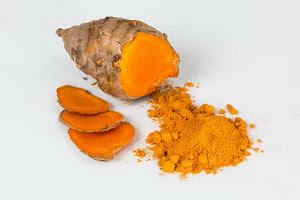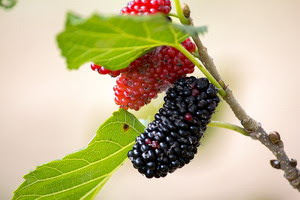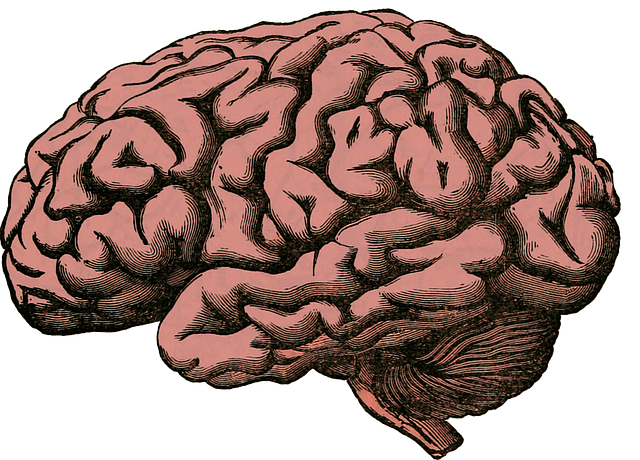Do you experience brain fog – hazy thoughts or

difficulty with recall?
Do you notice variations in your mental speed / ability to think?
Do you have reduced brain endurance – can’t focus as long – can’t read as long?
Do you get tired after exposure to specific chemicals, scents, pollutants?
Do you get brain fatigue after exposure to certain foods?
These are all signs of brain inflammation. There are many other signs as well, but these give you the general idea of how brain inflammation shows up in the early stages. These are not normal signs of aging. Your brain should not slow down or lose focus just because you are older. A healthy brain stays sharp and clear right up to the end.

We think of these as signs of aging because so many people develop brain inflammation as they age. We accumulate toxicity, poor health habits, laziness, stress, and wear and tear as we age, and these start to catch up with us and affect our brains if we do not take proper care of ourselves and our brains. Good brain health goes hand in hand with good physical health, and it is a life-long effort. There is no retirement where we can coast along without effort and stay healthy. If anything, good health requires a little more effort each year.
Right now it is estimated that 5 million people have Alzheimer’s disease. That number is expected to rise to over 13 million by 2050. Autism, another brain inflammation disorder, is rising so fast that it has been predicted to collapse our healthcare system within the next 20 years. As inflammation progresses it creates behavioral changes called Sickness Behavior Syndrome. Its hallmarks are:

Depression
Inability to concentrate for long periods
Sleepiness – needing over 8 hours sleep a night
Fatigue
Loss of motivation
Loss of appetite
Generally achy all over
Inability to be physically active
As it progresses to a severe state it results in delirium, confusion, dementia, seizures, speech difficulties, tremors, coma, and eventually death. As you can see, this is not a pretty path to travel down. The real question is how far down this path have each of us already traveled? Every one of us has some degree of brain inflammation just from living in our modern polluted environment. Add on top of that the many toxic substances in our food supply, work stress, any injuries we may have had, and simple poor lifestyle factors, and it all adds up to brain inflammation. Just the experience of aging increases inflammatory cytokines being released from our skin, which can trigger brain inflammation. Our skin is our largest organ, and it ages.
So the question is not whether we have brain inflammation, but how much and how fast is it progressing. Do you find any of the symptoms listed above applying to you? How many?

Even though tons of research is being done in this area, to date all remedies have failed. A truly effective Alzheimer’s drug is slated to be the next multi-billion dollar cash cow, but every new drug trial that has been performed has utterly failed. After billions spent on research, one of the biggest drug makers has thrown in the towel and is discontinuing further research. Dozens of very promising drug possibilities have all ended up having no effect on actual Alzheimer’s patients. Most brain conditions like Parkinson’s, ALS, Multiple sclerosis, and so on are all caused by the same basic processes. Failing with Alzheimer’s means failing with all the rest.
So why am I presenting all this seemingly hopeless information? Because it is not hopeless. There are things we can do, but it is not easy or simple. It has stumped the biggest biomedical researchers with unlimited funds, so what to do is not something simple like taking apple cider vinegar before bed each night. In last week’s newsletter I started to outline the basics. I discussed diet, blood flow/oxygen, sleep, exercise, and avoiding alcohol and smoking. I also mentioned certain

plant nutraceuticals that are very helpful in taming the inflammation. I want to delve more into these plant medicines. If you would like to check into this more deeply go to
Anti-neuroinflammatory Potential of Natural Products in Attenuation of Alzheimer’s Disease
But here are some of the highlights. Various plants have been used for thousands of years for helping with various brain disorders. Research into these plant compounds has uncovered what chemicals in the plants are neuroprotective and which brain chemical pathways they affect. Inflammation involves dozens of pathways, some of which are diagrammed out in the article. Most of us don’t really care about the pathways, but we just want to know what to do or take. The reason for knowing the many pathways is to understand why just taking one herb or supplement probably won’t do the trick. There are a lot of steps to cover once things have gone wrong. So what is helpful?
Steroid phytochemicals
– diosgenin from Chinese wild yam
– prosapogenin from blue lily turf
Phenolytic phytochemicals

– quercetin and
oxyresveratrol
from mulberry fruit
– EGCG from green tea
– curcumin from turmeric
– naringenin from grapefruit,
– rosemarinic acid from mangosteen fruit
– apigenin and luteolin from passion flower
– resveratrol from grapes and knotweed
– 6-shogaol from ginger
Terpenoid phytochemicals
– ginkolide from ginko biloba trees
– ligramminol from needle fir trees
– limonoid from melia tree fruit
– ginsenoside from ginsing
Alkaloidal phytochemicals
– berberine from oregon grape or goldenseal
– galantimine from snowdrop flowers
– huperzine from fir clubmoss
– sophocarpidine from shrubby sophora
Flavonoid phytochemicals
– luteolin from celery and peppers
– rutin from apples
Cannabinoids
– CBDs from hemp

While the chemical names of these brain protective plant chemicals is pretty complex, when you look at where these things come from, things feel a little less overwhelming. We are talking about mulberries, green tea, grapefruit, ginger, turmeric, and some flowers and roots. These are natural herbs and plants that have been used for thousands of years by tribal medicine men and women. Science has borrowed their knowledge and found why and how these things work.
So we have medicines we can use in our fight to keep our brains functional as long as possible. We can start adding these herbs to our diet either as a preventative move or to target existing brain inflammation. Combined with a really clean organic diet, good sleep, the right exercise, stress reduction, and good health habits and we have a huge advantage over the average Jane and Joe when it comes to having a happy aging process.

If your brain is not happy, you are not happy. The pursuit of happiness through our connections and our creative efforts is our reason for being alive. We have to have a functional brain to do this.
